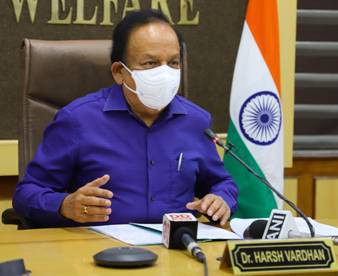A new study published on April 29 in the journal JAMA Pediatrics reveals that regular exercise may serve as a protective measure against depressive symptoms, anxiety, and attention-deficit hyperactivity disorder (ADHD) among children and adolescents. The research, conducted by scholars in Taiwan, sheds light on the critical link between physical fitness and mental well-being, arriving amidst growing concerns over escalating mental health issues among young people in the United States.
The study compared data from the Taiwan National Student Fitness Tests with information from the National Insurance Research Database, which tracks medical claims and diagnoses. Researchers analyzed the anonymous data to examine the relationship between students’ physical fitness levels and their mental health. They focused on cardio fitness, muscle endurance, and muscle power, using metrics such as 800-meter run time, sit-up performance, and standing broad jump.
The results were striking: higher performance in each of these physical activities correlated with a reduced risk of mental health disorders. For example, among girls, a 30-second improvement in the 800-meter run time was associated with decreased risks of anxiety, depression, and ADHD. Similarly, for boys, such improvement was linked to lower anxiety levels and reduced risk of ADHD.
Furthermore, an increase in the number of sit-ups performed per minute showed similar positive associations. Boys who demonstrated improvements in sit-up performance exhibited lower anxiety levels and reduced risk of ADHD, while girls experienced decreased risks of depression and anxiety.
“These findings suggest the potential of cardiorespiratory and muscular fitness as protective factors in mitigating the onset of mental health disorders among children and adolescents,” the researchers emphasized.
The study’s implications are particularly significant in the context of alarming trends in adolescent mental health. U.S. Surgeon General Dr. Vivek Murthy has previously labeled mental health as a national crisis and issued public advisories highlighting the issue. Statistics from recent years have shown a concerning rise in suicide rates and emergency visits related to self-harm among young Americans.
Experts believe that increased screen time and decreased physical activity have contributed to these trends, displacing crucial elements like sleep and exercise that are vital for healthy development.
In response to the study’s findings, researchers advocate for further exploration into targeted physical fitness programs tailored for children and adolescents. They underscore the potential of exercise programs as primary preventative interventions against mental disorders in this demographic.
The study, titled “Physical Fitness and Risk of Mental Disorders in Children and Adolescents,” adds to the growing body of evidence supporting the integral role of physical activity in safeguarding mental well-being among young people.
As the nation grapples with the mental health challenges confronting its youth, initiatives promoting regular exercise and physical fitness may prove invaluable in fostering resilience and promoting overall well-being among children and adolescents.
Citation: Huey-Ling Chiang et al, Physical Fitness and Risk of Mental Disorders in Children and Adolescents, JAMA Pediatrics (2024).












